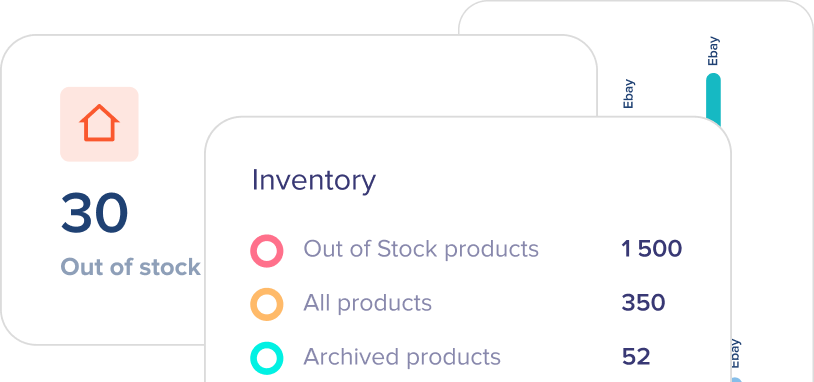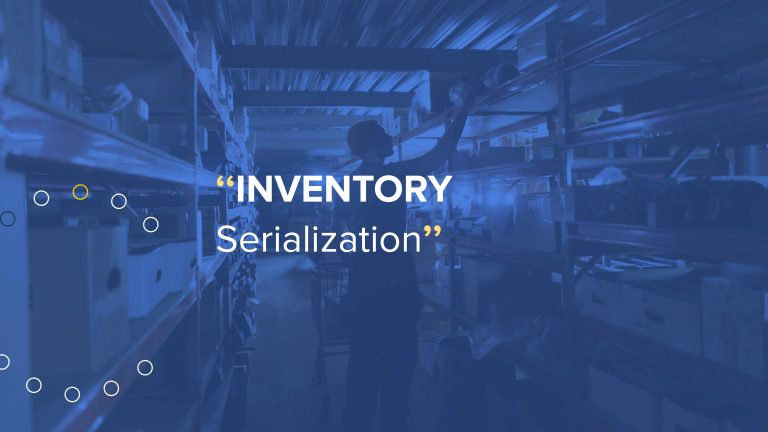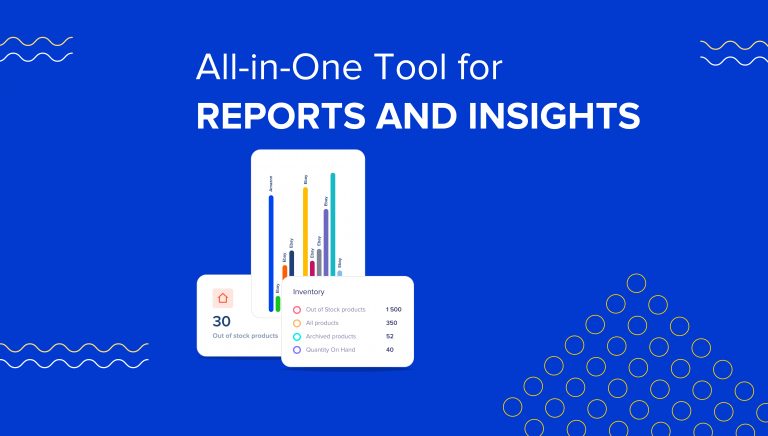Generally, the purpose of auditing is to assure a fair and accurate representation of the company’s financial reports. Audits can can be under the responsibility of the internal resources, or by third-party organizations. Auditors have to ensure that the company’s operation and financial recordings align with International Financial Reporting Standards (IFRS), Generally Accepted Accounting Principles (GAAP), or other relevant national and international standards.

However, Deloitte, the big four auditing company, states that audit is much more than the numbers. To them, auditing is a highly complex process that helps companies ensure that the future visions are built on solid foundations, relevant insights, and sound decisions.

What is an inventory audit?
An inventory audit includes processes and procedures for checking whether a company’s inventory levels represent the actual image in financial recordings. It also checks weather the inventory accounting happens in accordance with accounting standards. It can also include checking if there are proper internal control processes for effective and transparent inventory processes. So, inventory audits can start from physical inventory counts and evolve to hiring experts to assess all stock-related processes.
The company or an outside auditor can perform inventory audits to identify any problems with the inventory storage and accounting methods a company is using.
Key audit assertions and procedures for inventory auditing
There is a concept in auditing called audit assertions. It is a claim about the appropriateness and accuracy of different elements of financial statements. Auditors carry out different tests and analyses to ensure specific assertions. Assertions may vary depending on which element you check.
The key inventory assertions are the following.
Existence
The existence assertion refers to confirm the correspondance between the records of the inventory balance and an actual inventory. It also ensures the correct records of the purchases and sales of inventory.
The most relevant and popular approach for checking inventory existence assertion is to conduct physical inventory counts. It is essential to ensure that there is no movement of inventory items during the counting process.
Completeness
Auditors also have to ensure that all inventory transactions are recorded and represented in the balance sheet. The risk here is that there is a potential of fraud or error that there are items purchased by the company and not recorded.
An example of completeness testing can be sampling good received notes, tracing them with inventory lists, and reconciling them with a general ledger.
Rights and obligations
Rights and obligations assertion aims to check that inventory is recorded on a date when the company owned it, i.e., when it received the rights over it.
One of the primary checks for the rights and obligations assertion is sampling inventory and checking their purchasing records and documents. The mentioned is necessary to ensure that the stock belongs to the company.
Valuation
In inventory auditing, valuation assertion refers to ensuring that inventory is valued in accordance with IAS 2 on valuation and classification of stock. The standard states that the company should value its stock at a lower cost and net realizable value. Checking the inventory valuation approach is the primary thing that auditors should do to assert correct inventory valuation.
Cut-off
Cut-off assertion’s purpose is to ensure that the financial recordings of transactions, such as sales or purchases, are performed in the period when they took place.
To ensure that the stock record in the correct period, auditors can review goods received and goods delivered notes before the period-end and the first ones of the next period. After that, they can check if the company has properly and completely recorded inventory movements when the transactions happened.
Presentation and disclosure
Presentation and disclosure assertion of inventory requires the balance to be classified correctly in the corresponding accounts and disclosed in the financial statement notes. The inventory balance appears under current assets in the balance sheet of the financial statements.
How can inventory management software help in inventory auditing?
Inventory management software massively improves the effectiveness and efficiency of stock-related processes. It can also simplify and make inventory audits more accurate.
The most important benefit that an inventory and order management software system provides its users is saving time.
Electronic reports on inventory are a true time-saver both during audit checkups and interim controls. Timely updating inventory management software gives users information on the number of units and their locations. There will not be a need to manually collect and organize purchase and sales documents to get the inventory balance of the moment.
It will also eliminate the chance of human error, which is unavoidable during manual and tedious tasks.
Inventory management software also refers to internal control mechanisms since it automates many processes. Those processes include tracking, reducing the potential of errors and frauds.
To sum up
Audit procedures include a large scale of tools, processes, and analyses established to assure that companies’ financial statements faithfully represent the company’s financial performance and are free from material misstatements. External auditors strongly review inventory, as one of the most critical assets of the company. It’s also under the control of internal bodies of the company. It is essential to ensure the correctness of the inventory balance, and companies should also set appropriate inventory control mechanisms. Those control systems and procedures will reduce possible inaccuracies of inventory recordings and final balance.
Automating inventory processes with inventory management systems is one of the primary and straightforward controls companies can ensure.







